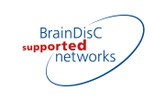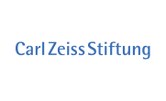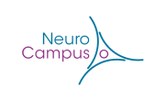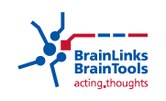Genela Morris (Department of Neurobiology, University of Haifa) | The role of dopamine in shaping the hippocampal cognitive map
| When |
Apr 19, 2016
from 05:15 PM to 06:45 PM |
|---|---|
| Where | BCF Lecture Hall, Hansastr. 9a |
| Contact Name | Robert Schmidt |
| Add event to calendar |
|
Abstract
Since the seminal discovery of place cells by O’Keefe and Dostrovsky, models of hippocampal activity have referred to the hippocampus as a cognitive map. This term dates back to Tolman, who used it to describe an internal model of the environment that animals use to mediate inputs to outputs. An important advantage of using an internal model is that it could represent only a subset of inputs that are important for adaptive behavior, thus optimizing efficiency. This is a critical asset, because in our highly multidimensional environment most facets of the input are irrelevant to obtaining goals. To learn efficiently, one should attend to and learn about only the sparse task-relevant information, generalizing over the rest. To examine the hypothesis that animals use the hippocampus as an internal model for goal directed behavior, and that this model selectively represent input dimensions that are relevant for obtaining the goal, we performed a series of experiments in rats in which different input dimensions were differentially relevant for goal achievement. These experiments show that animals map their environment according to the relevant dimensions for goal attainment in a motivation dependent manner. We further show that this mapping is dependent upon dopamine in the dCA1 region of the hippocampus. Moreover, the learning of the map is accompanied by a shift in the parameters encoded by place cells in dCA1, such that by the end of learning, cell activity represents only the relevant dimensions. Finally, we show evidence that network activity in the beta range rises during learning, and that this activity is spatially co-localized with stimuli that may serve as anchors for creation of a new map.











